Vogue Italia’s picture editor picks out Monica Alcazar Duarte’s The New Colonists as one of her top five of 2017 – and throws in one more selection for luck
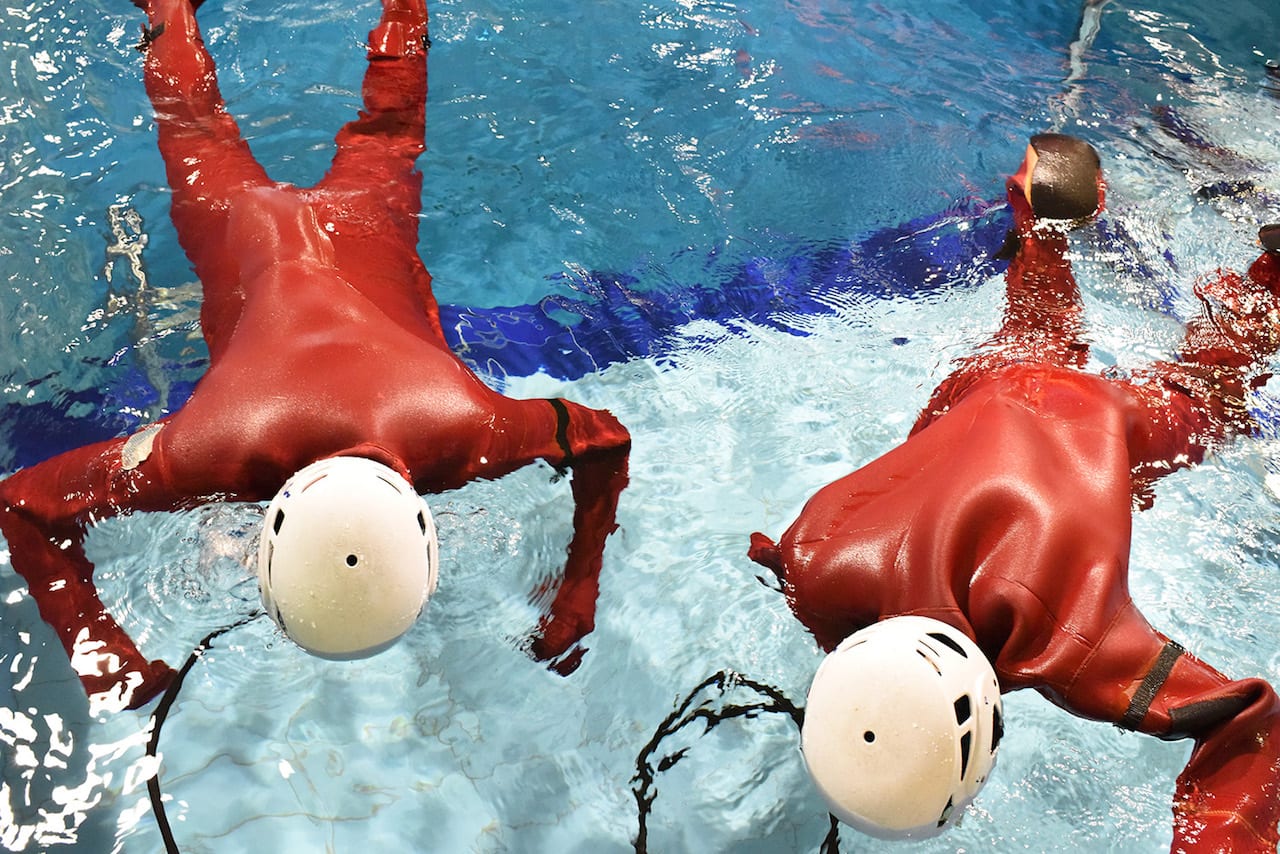

Vogue Italia’s picture editor picks out Monica Alcazar Duarte’s The New Colonists as one of her top five of 2017 – and throws in one more selection for luck
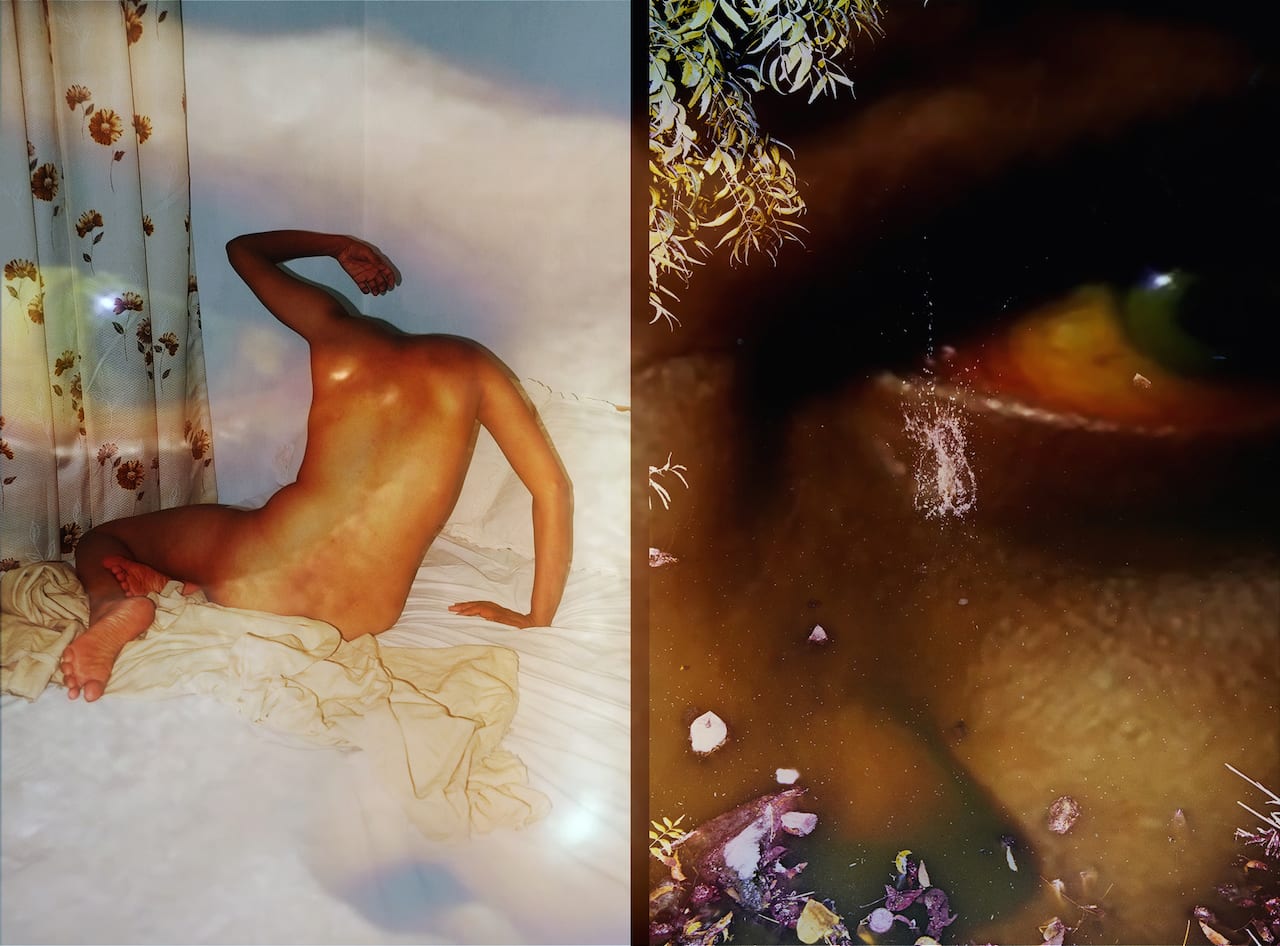
The Guardian’s photo critic picks out his top five of the year, including Sohrab Hura’s installation The Lost Head & The Bird at The Nines, London during Peckham 24

Tate Modern’s curator of photography picks out his top five of the year, including Maisie Cousins’ grass, peonie, bum show from TJ Boulting Gallery
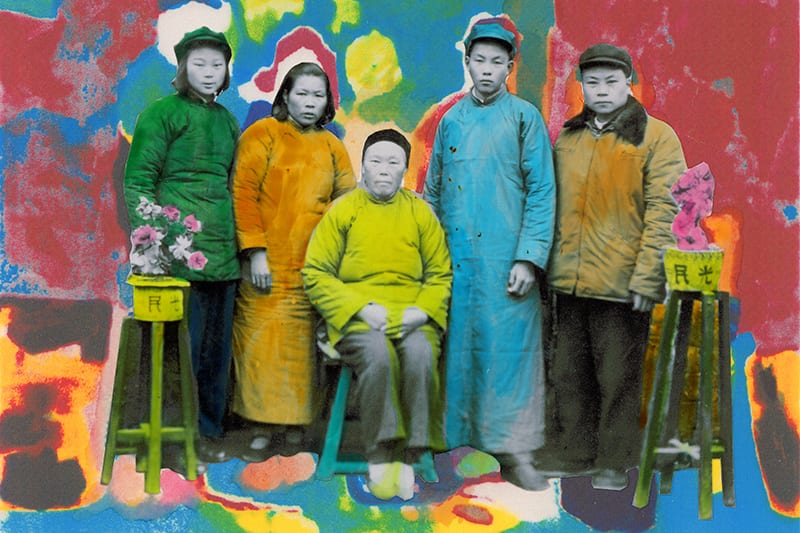
“I collect a lot of stuff, and sometimes I like to see it as raw material I could use to tell another story and do something new,” says Thomas Sauvin. Hand-colored, his project with Chinese animator Lei Lei, is a good case in point. A collection of 1168 images which have been scanned, reprinted and repainted in bright, deliberately artificial colours, it’s the opposite of the usual archive work. But it’s part of the Beijing Silvermine Archive, he says, a collection of negatives Sauvin first started up by salvaging strips from a recycling plant in the Chinese city.
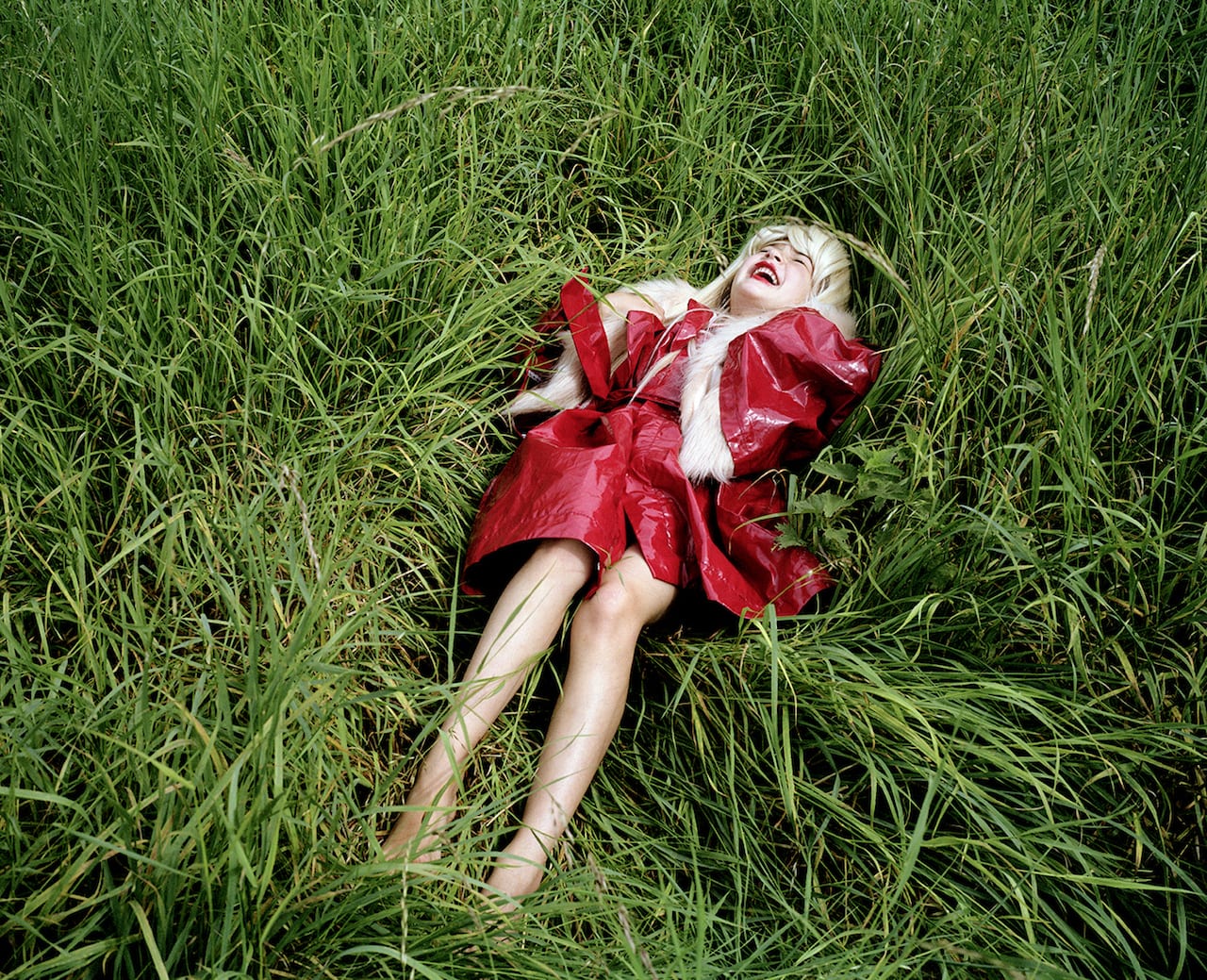
Inspired by personal identity, the natural world, and the fear of dying, the three young artists in this year’s Jerwood/Photoworks Awards exhibition are presenting very different work. Picked out as winners in January 2017, all three have received a year of mentoring on their work from industry specialists such as photographer Mitch Epstein, publisher Michael Mack, and gallerist Maureen Paley. They each also received a bursary of £5000 and access to a production fund of another £5000, to make new work which goes on show in London’s Jerwood Space from 17 January-11 March then tours to Bradford and Belfast.
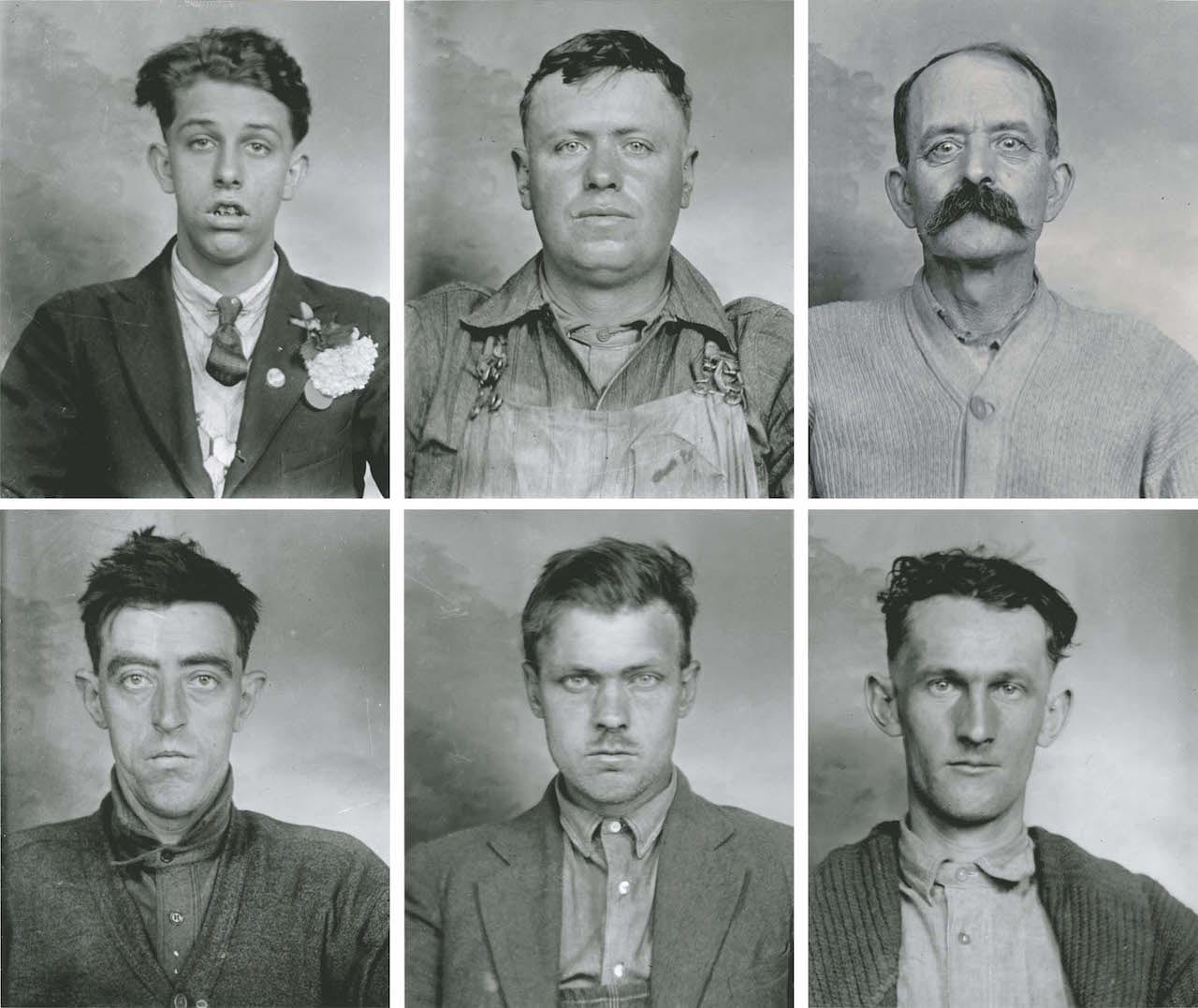
The Walther Collection has kicked off an 18-month exploration of vernacular photography with a show titled The Shadow Archive: An Investigation into Vernacular Portrait Photography. Taken from the 1850s to the present day, the collected portraits depict groups such as ‘migrant laborers’, ‘inmates of an asylum’, ‘criminal photographs’, and ‘G&G Precision Works Photographic Identity Badges’, and, says the organisers, show how “identification photographs have been used to sort, shape, segregate, and select subjects based on occupation, social group, body type, or political affiliation”. The title references a phrase used by writer and photographer Allan Sekula to reference “the entire social field of human representations, comprising both heroes and deviants, within which every portrait takes its place as part of a moral hierarchy”.
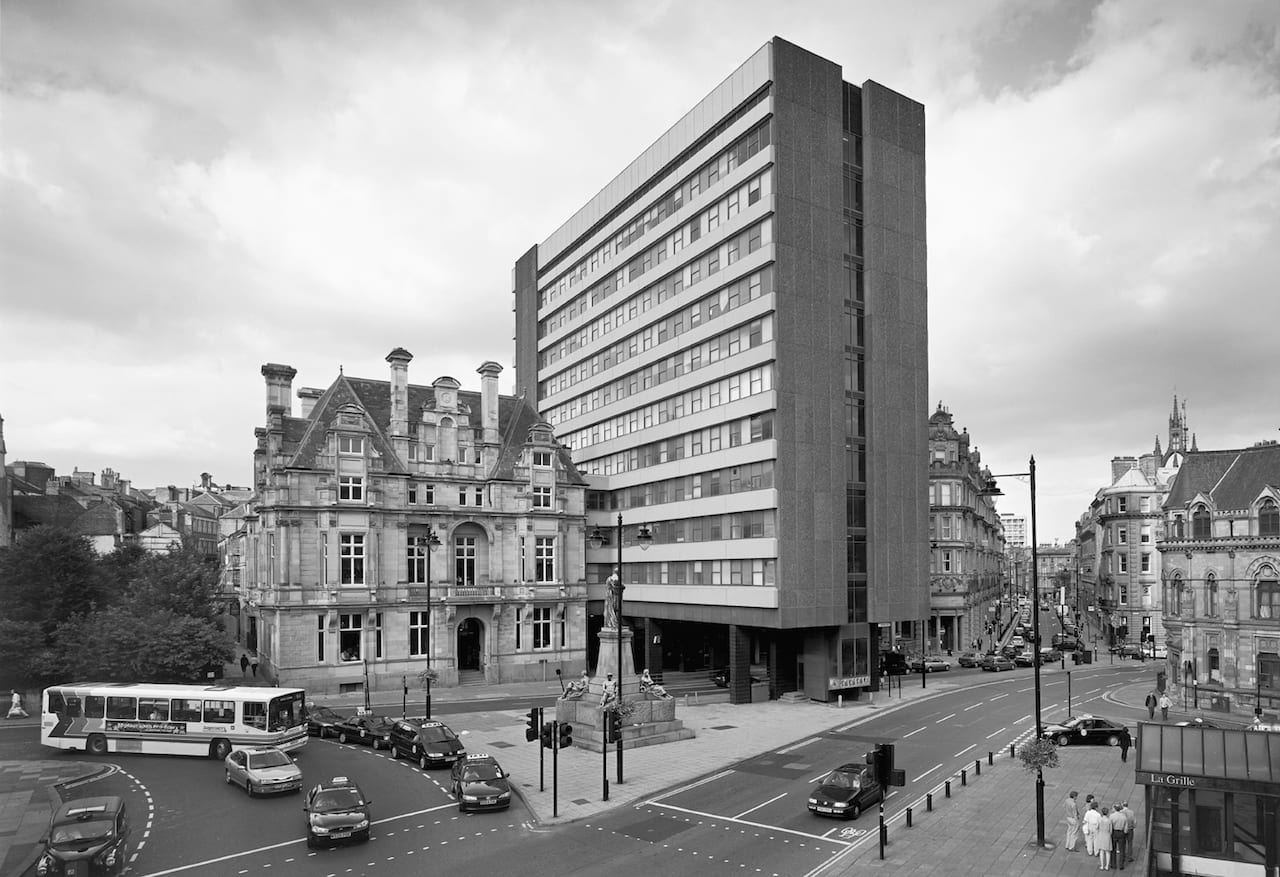
“The British Landscape…is a long-term ongoing project about the enormous changes that have taken place in the UK – the world’s first industrial society and the first to de-industrialise,” says John Davies. “Much of Britain’s infrastructure and the rapid expansion of industrial cities were created through the unprecedented growth of the Industrial Revolution. By the early 1980s, when I started this project, many of these large-scale industries and industrial communities were in terminal decline.”

The London Art Fair is back, with its Photography Focus Day on 19 January and the Photo50 group show curated by a collective the first time – the Hemera Collective curatorial group, which currently includes Jaime Marie Davis, Ashley Lumb, Helen Trompeteler and Kay Watson. The Hemera Collective has put together a show called Resolution is not the point. which gathers photography and lens-based media artists from nine countries, including Larry Achiampong, David Birkin, Qiana Mestrich, and James Tylor & Laura Wills. The exhibition also includes work by several collectives, one of its points of enquiry is the way in which photography is encouraging artists to collaborate as it evolves, “as they push conceptual and technical boundaries of image-making, reaching beyond their own specialisms and drawing on the circulation of images, knowledge, and resources”.
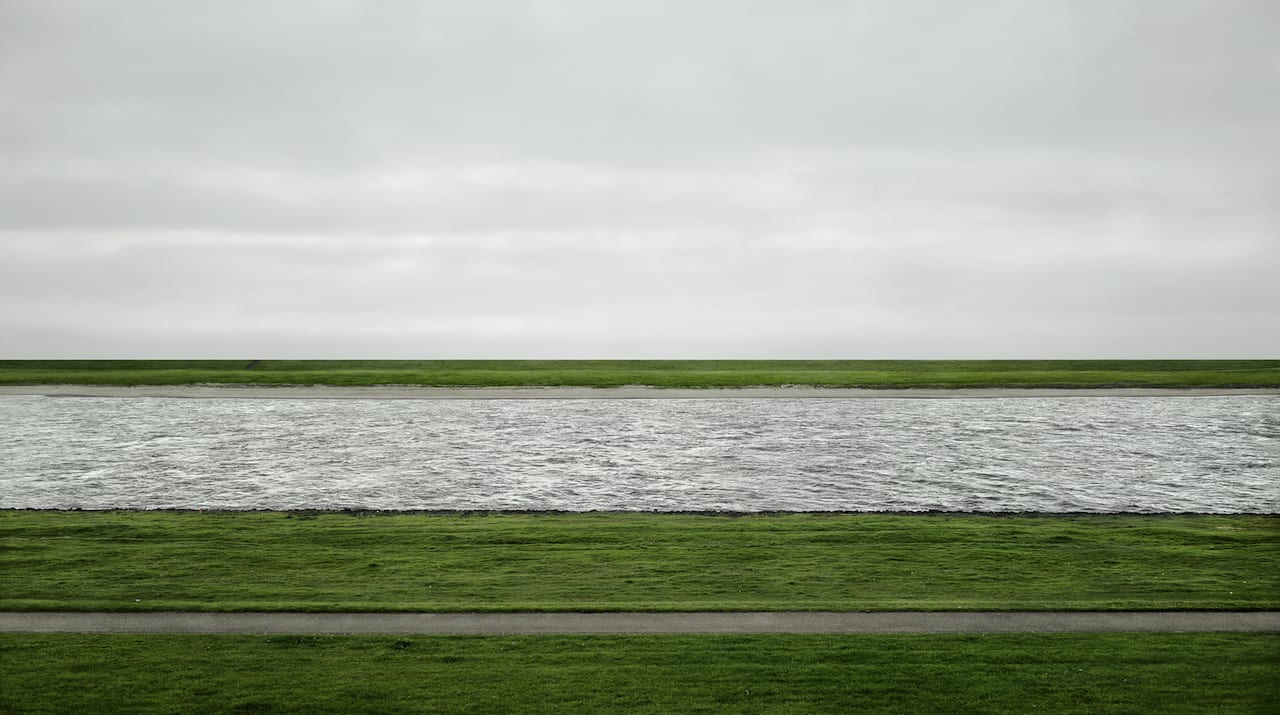
London’s Hayward Gallery is reopening with a huge Andreas Gursky retrospective on 25 January, celebrating its 50th anniversary and its return after a comprehensive two-year refurbishment. The first major retrospective of the acclaimed German photographer in the UK, Andreas Gursky will include around 60 of images from the 1980s to the present day. Focusing on man-made structures and large gatherings of people. Gursky’s images draw attention to our changing relationship with the natural world, and chronicle the effects of globalisation on daily life; his subjects range from a crowded techno music festival in Germany (May Day IV, 2000/2014), to an underground water tank in the Kamioka Nucleon Decay Experiment in Japan (Kamiokande, 2007), in which a boat glides amid a gold-studded interior. “I only pursue one goal,” he has said, “the encyclopedia of life”.